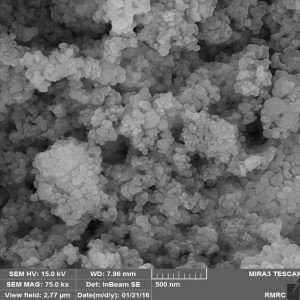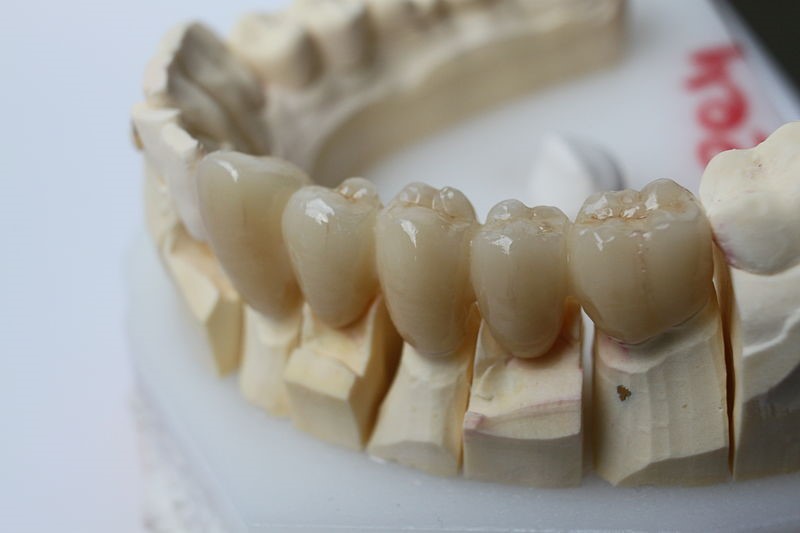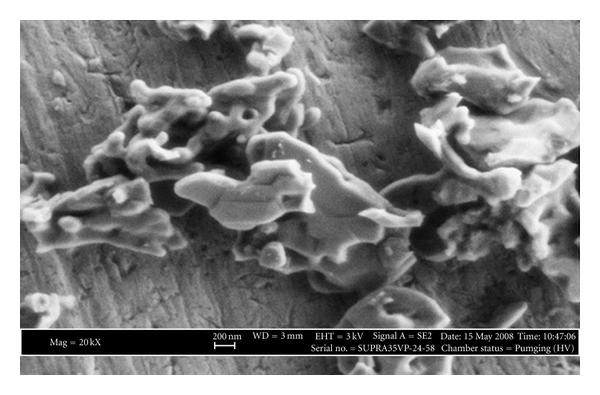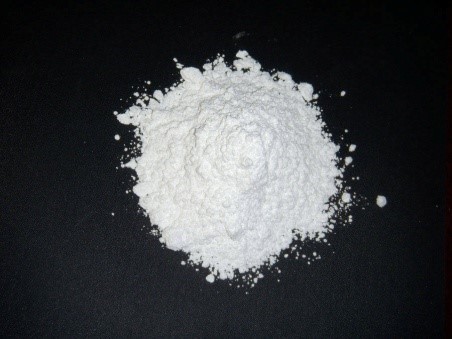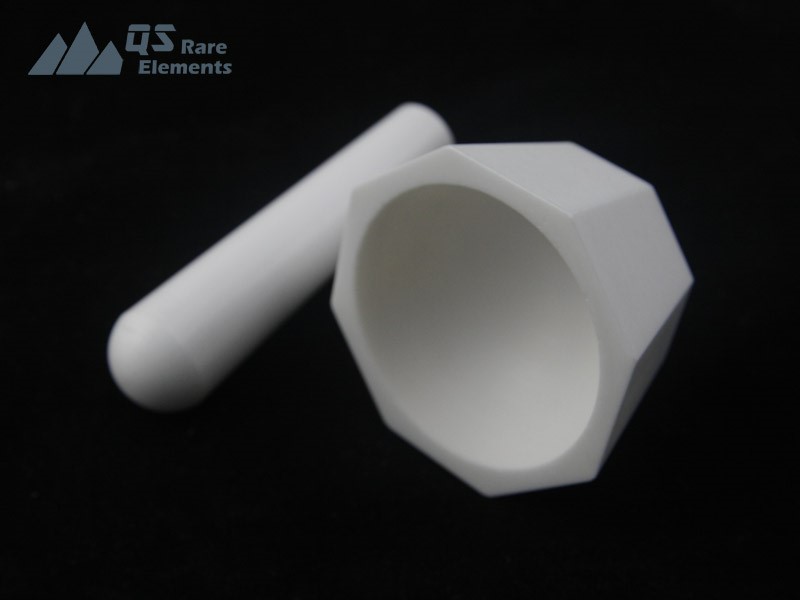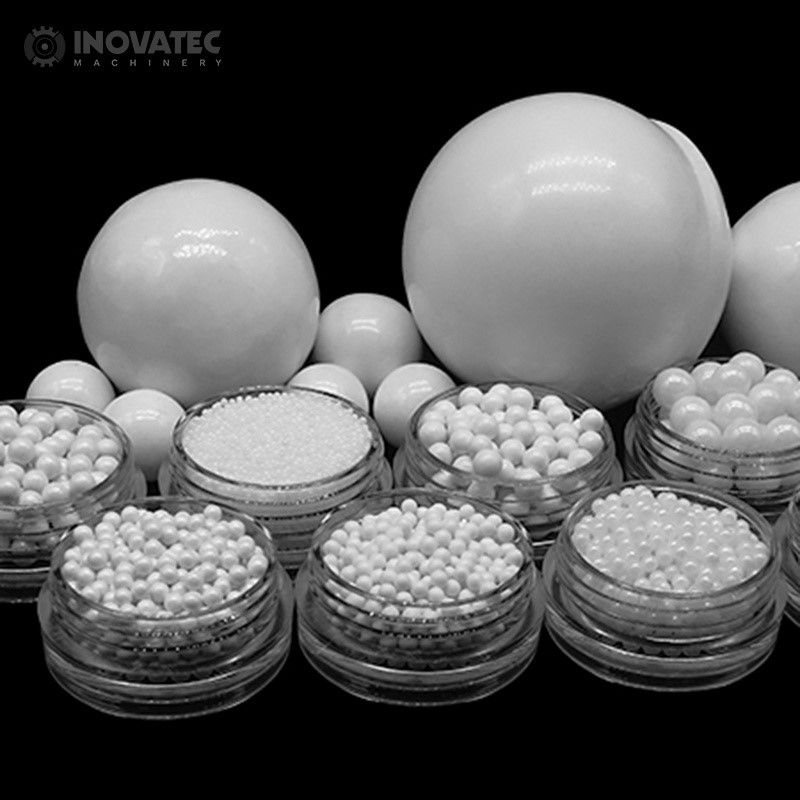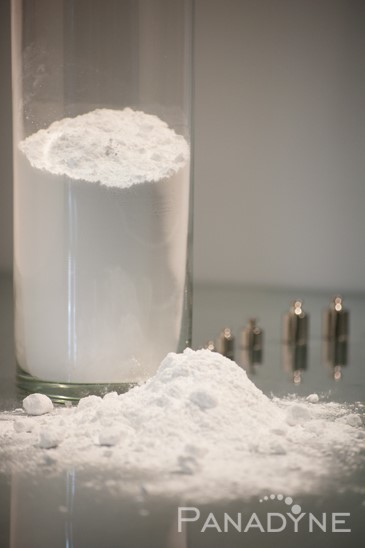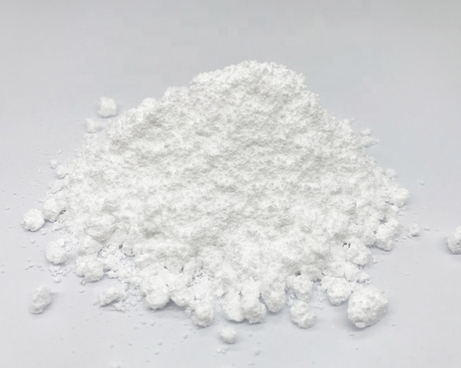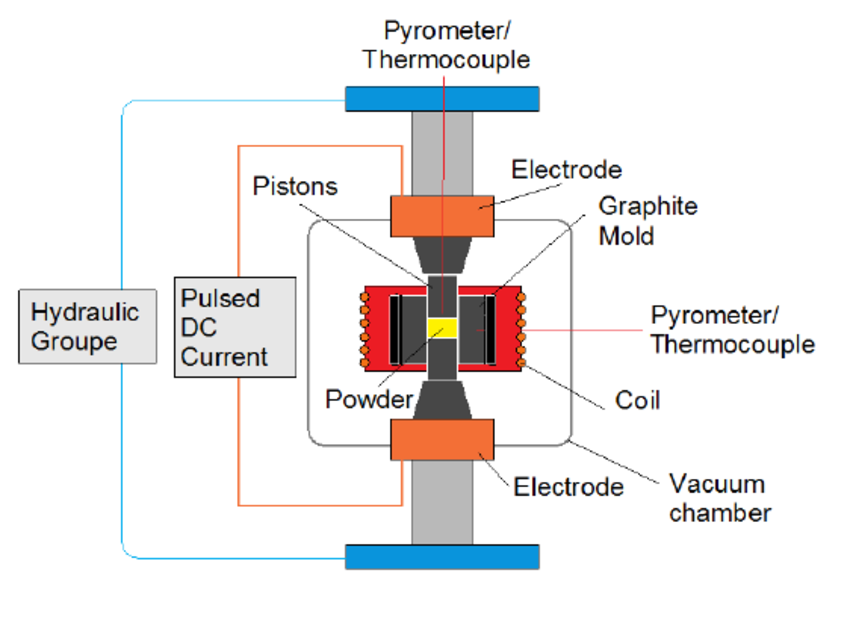
Plasma Spark Sintering; A new Sintering Method
The plasma spark sintering method is one of the newest methods of producing and forming powder. This method is used to make ceramic or metal parts from the powder of those compounds. The samples obtained from the this method are very high density and are classified as high quality samples. Therefore, in this article we are going to introduce you to one of the new methods of powder metallurgy.
Plasma spark sintering method (SPS)
The Plasma spark sintering method is a new technology and is able to form powder samples in completely dense parts at relatively low temperatures and in very short time. During the Plasma spark sintering process, high-pulse electric current is applied to the electrodes and then microscopically discharged into the cavities between the powdered plasma particles, resulting in sintering. In addition, the spark discharge effect can easily penetrate the oxide film on the surface of the welded particle and increase the permeability of the sintered grain boundaries. Therefore, it inhibits the growth of the seed and is rapidly condensed by heating. Hence, fully dense ceramics with excellent performance can be obtained by Plasma spark sintering technique.
Advantages
The main advantage of this method is that it is done in a very short time. Conventional and older methods than Plasma spark sintering, however, took a long time to complete the sintering process. In fact, the reason for this process being done in a short time is that the heating rate in the Plasma spark sintering method is very high (300°C/min). While the heating rate in other sintering methods is significantly lower than this method (5 to 8°C/min). Another important advantage of this method is the high rate of sintering that makes the sample completely dense. In fact, this is due to the simultaneous elevation of temperature and pressure, which makes the sample, in addition to its high density, sinter at a temperature of about 200 to 250°C less than usual. The unwanted reactions of sintering are rarely seen in the Plasma spark sintering process. The reason for the absence of these reactions and products is the high heating rate and short time of the procces, which allows the composition to form rapidly to the desired sound and to avoid the possibility of adverse reactions. As a result, the final product becomes a high quality one without any defects.
Disadvantages of Plasma spark sintering
The major disadvantage of the Plasma spark sintering method is that the dimensions of the sample produced are limited. In fact, only cylinders of limited size can be produced by this method.
